|
This is Brahms, a Borzoi (Russian Wolfhound) puppy. He's six weeks old in this picture, and we will bring him home to our family soon, around Valentine's Day. My husband Chris and I are in love.
Brahms is short for "Brahmaviharas" which traditionally are the four essential elements of love -- joy, kindness, compassion, and equanimity (peace) -- but in this little cutie's case I think those four elements might actually be "puppy love:" treats, snuggles, playing, and sleeping. I'm not sure our massive black Maine Coone EBBY will be equally as enchanted, though... My car Blaedd's odometer reached 88,888 miles.
I don't know why this is significant, or why I like the idea of it so much. Neither do I know why I felt compelled to drive slowly around my neighborhood (for 17 minutes!) until it reached this number, and stop and take a picture of it... and upload it to my website. I don't know. (Note to self: this car seriously needs to be cleaned inside.) If Story speaks to you, you may want to see this... George Saunders talks about Story in a way that makes my heart brim with joy, here.
I needed a few hours out of the house, so I went to hang out at our little store-front Coffee Lounge, run by Charlie, who used to work at the small grocery store in the same complex. (Yes, I live in an area called Prunedale. It used to be rural, but now amid the trailers, farms, and ranches dotting our eucalyptus-oak-pine-cypress hills are outbreaks of many little suburban streets and less-modest mansions.)
This morning, it was raining, raining a lot. It let me see that our gutters leak prodigiously -- yet another excellent reason to leave home. And when I got to the coffee lounge, a gray mist was a solid sheet across the sky, enough to make it easy to imagine there was no other place in the world. I grabbed a coffee and almond croissant, my book, and one of the eight inexpensive leather loveseats at the back of the fairly bare store -- and I quickly learned that this place was eavesdropper's heaven as Charlie and another guy named Frank discussed the most important things in the world: the ecstatic virtues of pizza, tacos, and old big-block muscle cars, with Frank punctuating every sentence with a joyful "Bro!" and Charlie responding with an equally enthusiastic "Boom! Just like that!" It was just great. Great, I tell you. This amazing post comes from 49writers.com, where one of my favorite poets in the world, Wendy Erd of Homer, Alaska, often hangs her hat. You can see the original post here, as well as many other wonderful things.
WEDNESDAY, NOVEMBER 11, 2015 Kirsten Dixon: A Path of Discovery Some years ago, I was perusing The Cook’s Book, a cookbook edited by Jill Norman (one of my favorite culinary writers). It’s a roundup collection of recipes by various famed chefs of the time. The chapter on Japanese cooking was written by chef Hisayuki Takeuchi, a Japanese chef specializing in kaiseki cooking living in Paris. His description of an autumn menu captivated me in an unusual way. Kaiseki is a type of formal multi-course Japanese meal that conveys the sense of seasons along with a rule of including five techniques, five flavors, and five colors woven into each course. This use of the number five represents the five elements of Chinese energy theory; wood, fire, earth metal and water. As Takeuchi says, “Yin and yang are the profound secrets of this energy theory. Cooking is an art in its own right. It flourishes by delving deep into the traditions of the land and is constantly refreshed by artistic activity”. Takeuchi included a menu in his section of the cookbook inspired by a poem written by Nakahara Chūya (1907-37). The poem, entitled Kikyō (Homecoming), brought to mind the taste of figs and yuzu, the beginning of autumn, and the wind. Takeuchi wanted to craft a menu imbued with nostalgia for home and nature. Here’s the poem and the menu it inspired. Homecoming The posts and garden are all dried out; The weather’s fine today Under the floor a spider’s web Is forlornly trembling. In the mountains even the dead trees breathe; ah, the weather’s fine today. The roadside grasses’ shadows Innocently sorrow. This is my old home; Even a breeze is blowing. Go on, cry with an open heart, a matron’s low voice says. Oh child, what have you done? — veering, the wind says to me. ~Nakahara Chūya Kaiseki Menu Confession Red miso soup with clams and sanshō Wind Salmon carpaccio with yuzu Path Shrimp tempura with beer “The ghost was playing the piano” Classic nigiri sushi Night Duck breast with star anise sauce and roasted figs Milky Way Left Bank sushi with yellow papaya The poem and menu made such an impression, I wanted to know more about the chef and poet. I read about Nakahara Chūya’s tragic life. Not particularly recognized as a poet in his lifetime, he died when he was 30. He left behind two books of poetry and dozens of uncollected poems. I learned that French symbolist poet Arthur Rimbaud had greatly influenced Chūya, and so I was on to my next discovery. Rimbaud’s writing (1854-1891), at times a little dark for me, nevertheless carried themes of the natural world and engaging tales of the traveler. Rimbaud wrote with that restless angst of youth and I can imagine how Chūya might find a particular soulfulness there. “I began it as an investigation. I turned silences and nights into words. What was unutterable, I wrote down. I made the whirling world stand still.” ~Arthur Rimbaud And, from the edgy darkness of Rimbaud I found my way to Marguerite Duras, Patricia Highsmith, and a bookshelf of other authors I surely would have never known. And, simultaneously, through the idea of a Japanese dish paired with a Japanese poem, I discovered haiku. 49 Writers periodically offers classes in haiku, and I know many of us are well versed in this traditional form of Japanese poetry, so I won’t get in too far over my head here. But, one variant of haiku, called haibun, became an obsession. Haibun has been a form of poetry used since the 17’Th Century in Japan, first taught by Matsuo Bashō, the most famous poet of the Edo period. The format of haibun is to include paragraphs of poetic prose about travel, autobiography or a dream story accompanied by haiku. Throw in modern day art and photos and it sounds a lot like a blog to me. There is modern haibun happening all around us. I became immersed in the world of haiku, haibun, art, words, nature, five colors, five flavors, five techniques… these ideas were swirling around my head, in my life, influencing my cooking and informing my writing—and, all because I read a line of poetry accompanying a recipe in a cookbook. In many ways, I view recipes as poems. They are stories and legacies, secrets and treasures. They are a hot chef’s ticket to fame, a new cook’s first hesitant effort. Recipes are more than lists of ingredients. Sometimes they might just lead you down a path of discovery far beyond the simple act of cooking. Kirsten Dixon owns two remote wilderness lodges in Alaska. She is the author of The Winterlake Lodge Cookbook: Culinary Adventures in the Wilderness and co-author of the Tutka Bay Lodge Cookbook: Coastal Cuisine from the Wilds of Alaska. She co-owns the La Baleine Café with her daughter Mandy. She likes to know what other people are reading and uses every opportunity to find out. Her email is Kirsten@withinthewild.com. 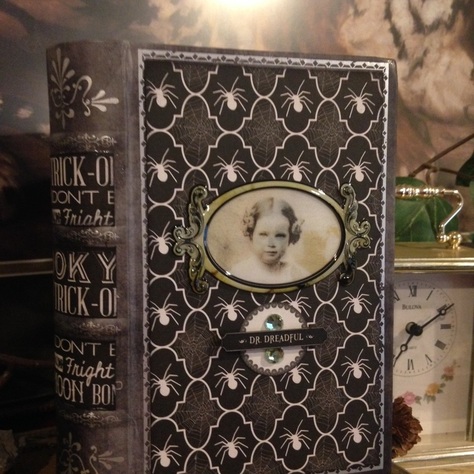 This gorgeous Halloween book was given to me by our treasured friend Bonnie, who lives in British Colombia. Look at the detail on this... ...and when you open it? 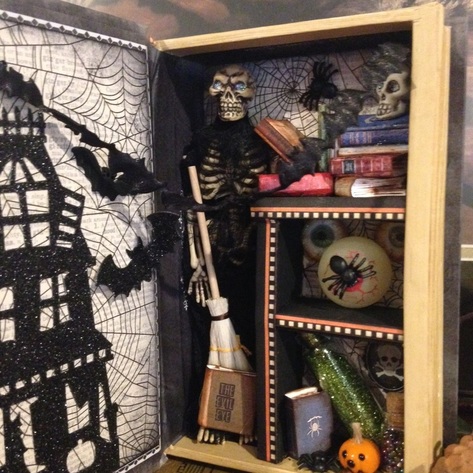 It becomes even spookier and more amazing! And here is the most fabulous thing about this: Bonnie created this. Those little books on the shelves? Handmade. I think she has won Halloween this year... but I got the prize! Thank you, my dear. |
Archives
March 2016
Categories |

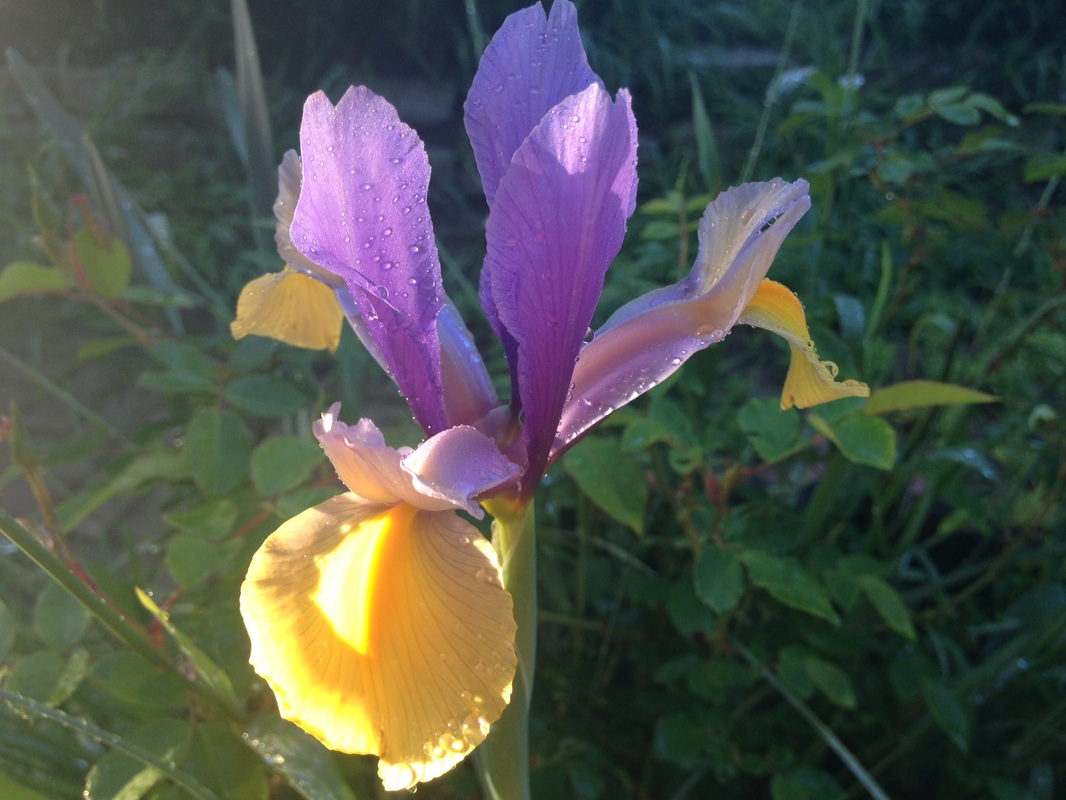

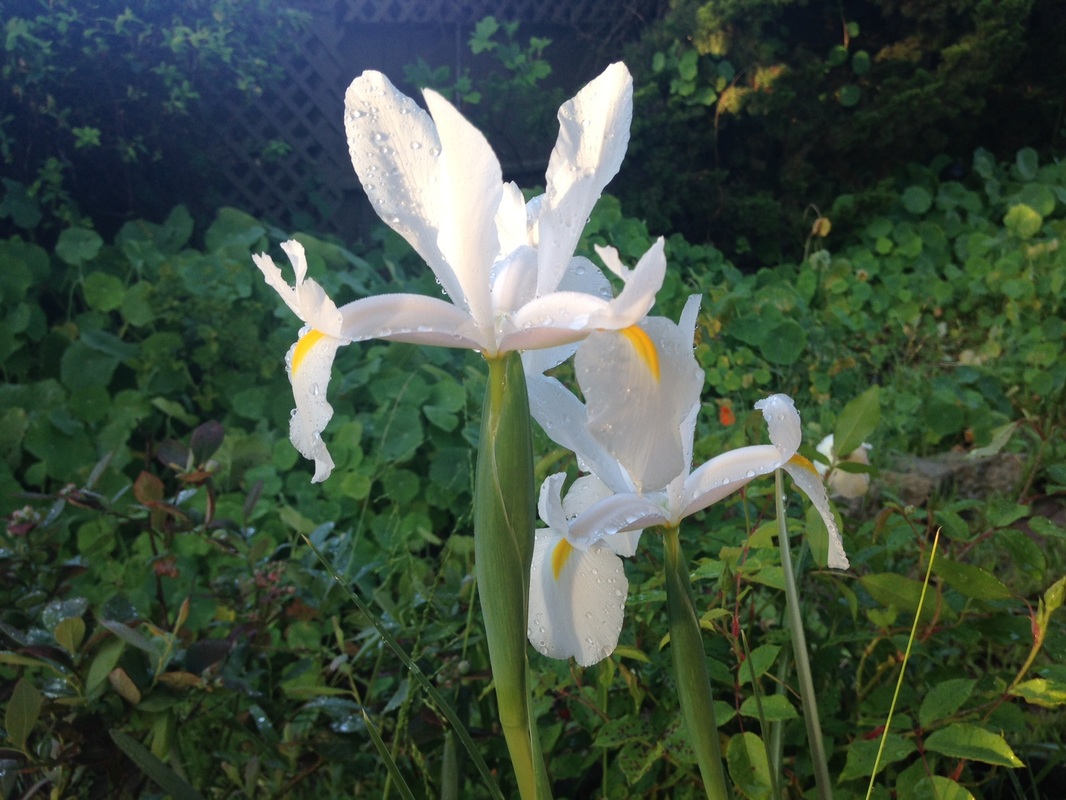
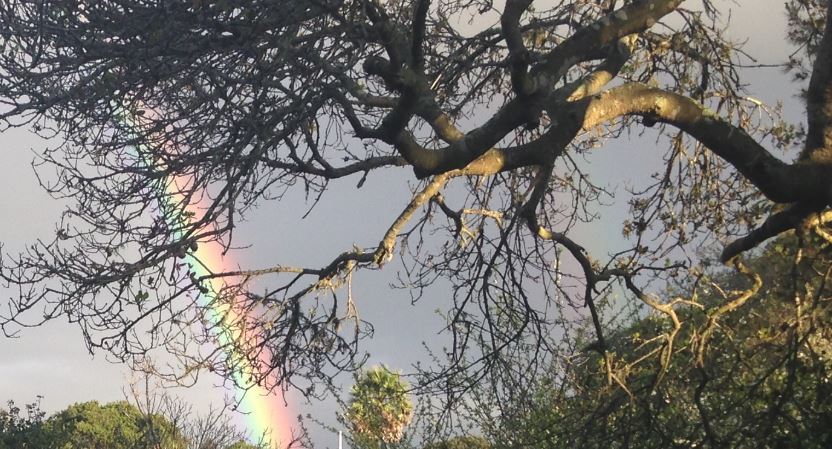

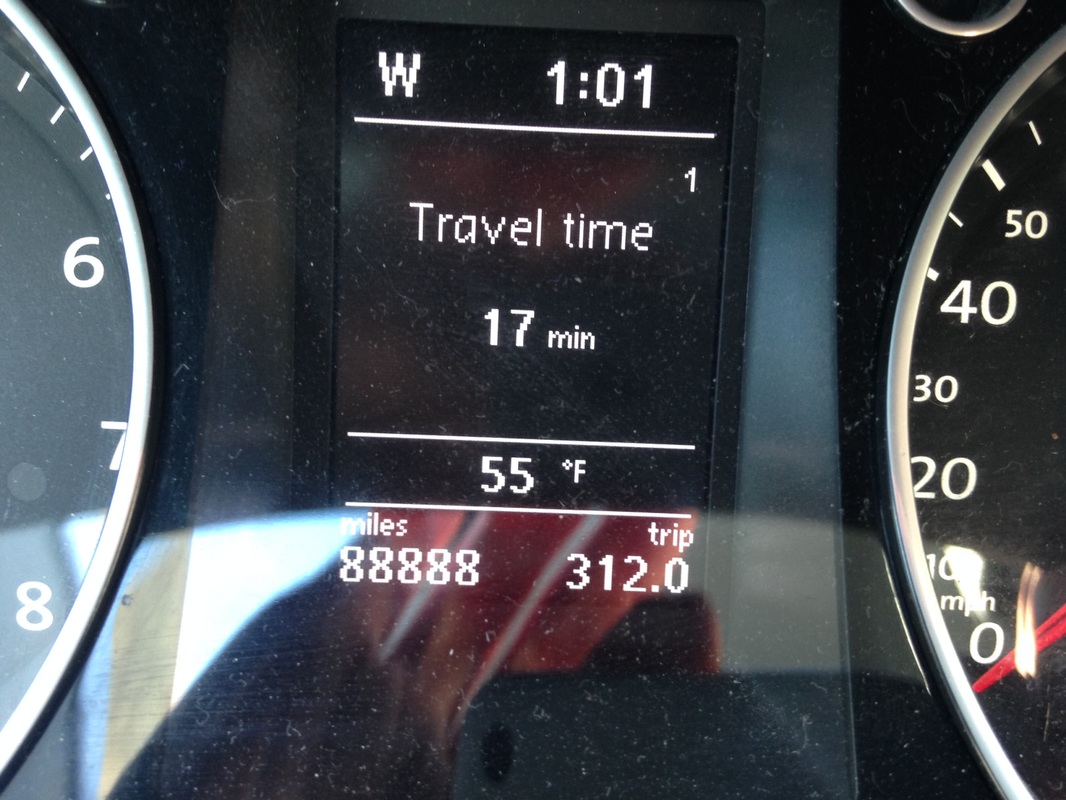

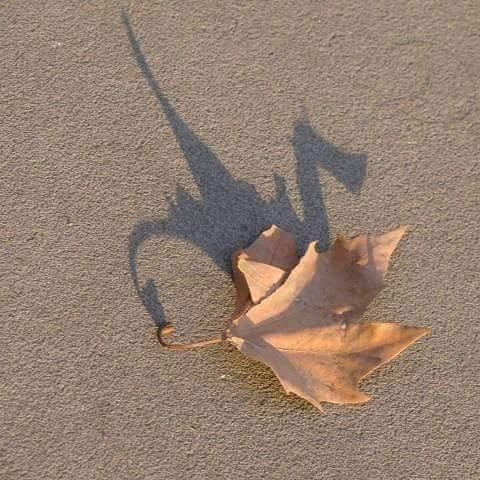

 RSS Feed
RSS Feed